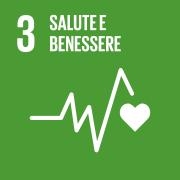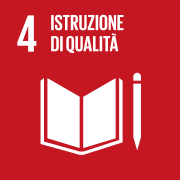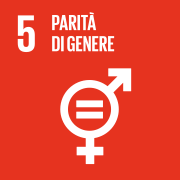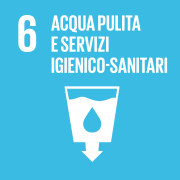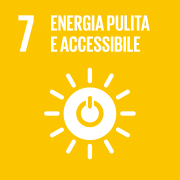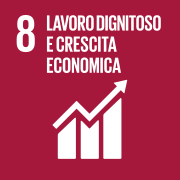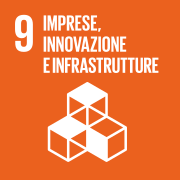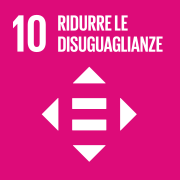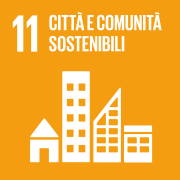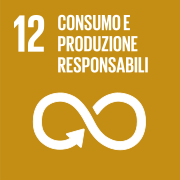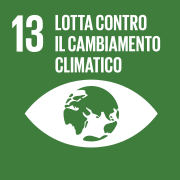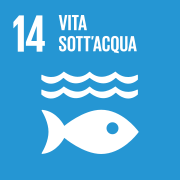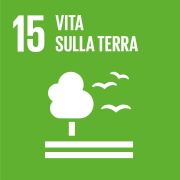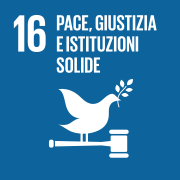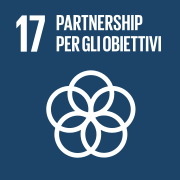
On 1 July, the National Mineral Exploration Programme (PNE) was approved, a strategic plan to launch 14 research projects throughout Italy, from north to south. The initiative, promoted by the Interministerial Committee for Ecological Transition (CITE), aims to update the mapping of national mineral resources, with a particular focus on the Critical Raw Materials identified by the European Union.
Coordinated by ISPRA’s Geological Survey of Italy, the programme involves 15 operational units and over 400 specialists, with an initial investment of EUR 3.5 million for the first phase of geological and geophysical surveys.
More than thirty years after the last public investment in the sector, Italy is thus returning to explore its mining potential with modern tools and a strategic vision. At a time when Europe is trying to free itself from dependence on foreign supplies, the PNE aims to strengthen industrial sovereignty and attract new investments to the country.
Strategic areas of exploration and focus on critical raw materials
Mineral surveys will focus on territories already known for their natural resources, with a particular focus on those geological areas that, due to their conformation, could prove to be rich in strategic minerals. Among the most sought-after are lithium, graphite, manganese, boron, rare earths, and platinum group metals, all of which are crucial for the renewable energy sector, electric mobility, and new digital technologies.
The main exploration areas include the North-East – with the well-known fluorite and baryte deposits in Lombardy and Trentino-Alto Adige – but also the Southern Alps where several rare earths have been identified. In the North-West, in Piedmont and Liguria, deposits of graphite and platinum group metals, essential for the production of batteries and other advanced technologies, will be mapped. In Central Italy, in Tuscany, Lazio and Marche, deposits of lithium, a mineral that is becoming increasingly important for the production of rechargeable batteries, will be studied.
The South will not be neglected either. In Sardinia, historically the mining region par excellence, deposits of copper, tungsten and rare earths will be studied, while Calabria will play a leading role in the investigation of graphite deposits, essential for electric vehicle technology.
A mix of technological innovation and environmental sustainability
The National Mineral Exploration Programme is characterised by the use of advanced technologies that aim to reduce the environmental impact of research activities. During the first phase, investigations will be exclusively non-invasive, using techniques such as remote sensing, geochemical and geophysical analysis, and the use of airborne sensors. Among the most promising innovations is muon radiography, a technology that uses cosmic particles to obtain detailed images of mineral deposits without having to drill into the ground.
In addition, the use of artificial intelligence for data processing will allow information to be gathered and integrated more quickly and efficiently, making the exploration process more precise and targeted. At a time when sustainability is at the centre of the global debate, Italy is committed to combining mining development and environmental protection, with the project also mapping abandoned mining waste, in line with European regulations.
A step towards industrial and energy sovereignty
The PNE represents a unique opportunity to revitalise the Italian mining sector, which has suffered from chronic undervaluation in recent decades. At a time when Europe is trying to reduce its dependence on raw materials from unstable or non-allied countries, Italy presents itself as a strategic resource for the continent.
Italy’s mineral resources, if well managed, could be a key part of Europe’s energy transition, fuelling industries related to renewable energy and sustainable mobility. Moreover, the programme also offers the opportunity to attract Italian and international investment in a sector in need of technological and infrastructural renewal.
The GeMMA National Mining Database, created to collect and make available exploration data, will be a reference point for institutions, scientists and investors.
With a clear strategy and a modern and sustainable approach, Italy is preparing to play a leading role in the new European mining economy, contributing concretely to the country’s industrial and energy sovereignty.
An opportunity for the future
The National Mining Exploration Programme is an important bet for Italy’s future, a unique opportunity to exploit our mining potential in a sustainable, innovative and transparent way. Thanks to the use of the best technologies and collaboration between public and private entities, Italy has the opportunity to become a reference point in the European mining sector, helping to ensure greater autonomy and security for our industrial and energy future.


